20+ SAMPLE Performance Development Plan
-
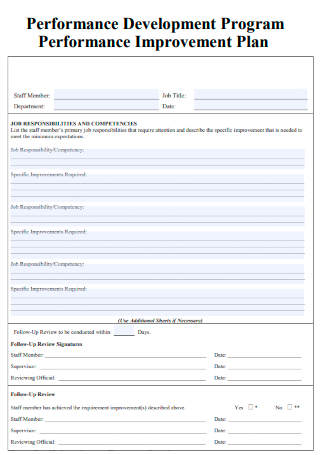
Performance Development Program Performance Improvement Plan
download now -
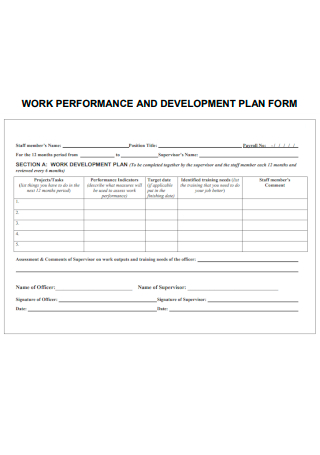
Work Performance Development Plan Form
download now -
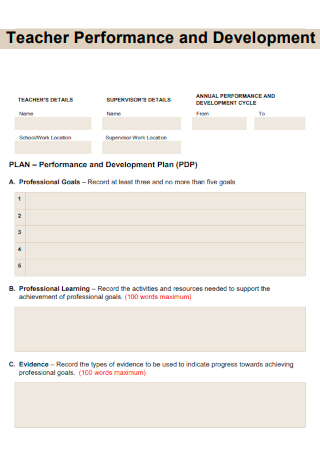
Teacher Performance and Development Plan
download now -

Professional Development and Performance Plan
download now -
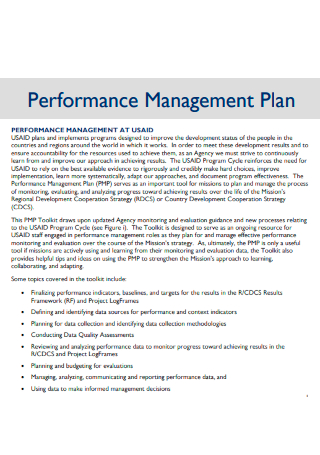
Sample Performance Management Plan
download now -
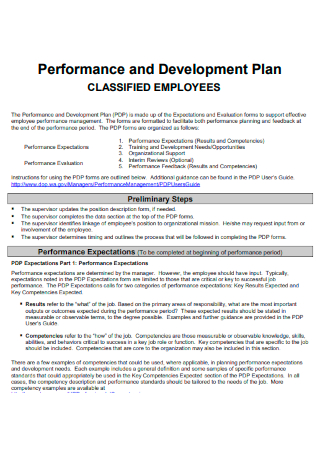
Performance and Development Plan Classified Employees
download now -
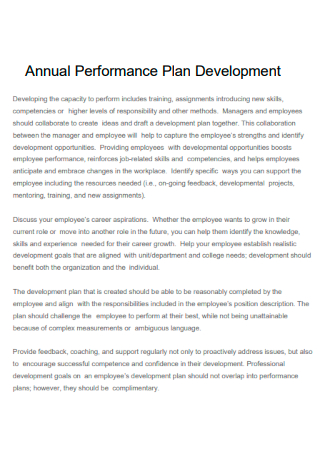
Annual Performance Plan Development
download now -

Basic Performance Development Plan
download now -

Employee Performance Evaluation & Development Plan
download now -
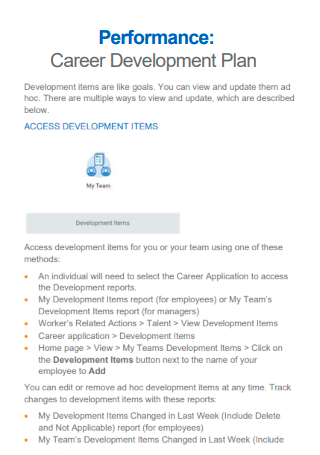
Performance Career Development Plan
download now -
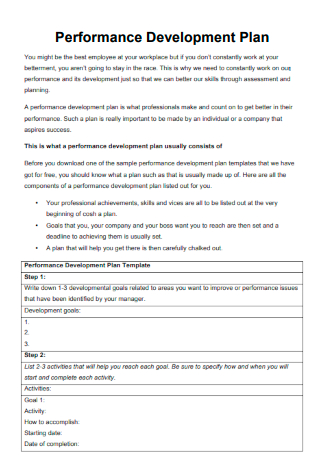
Formal Performance Development Plan
download now -
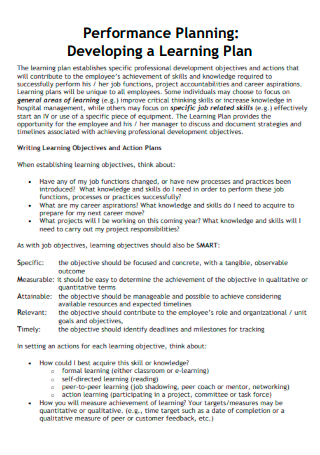
Performance Planning Developing a Learning Plan
download now -
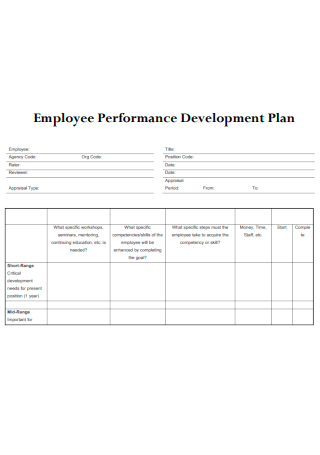
Employee Performance Development Plan
download now -

Printable Performance Development Plan
download now -
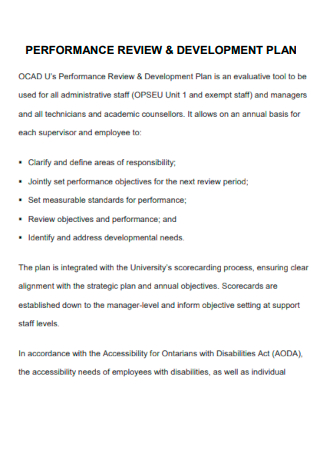
Performance Review & Development Plan
download now -
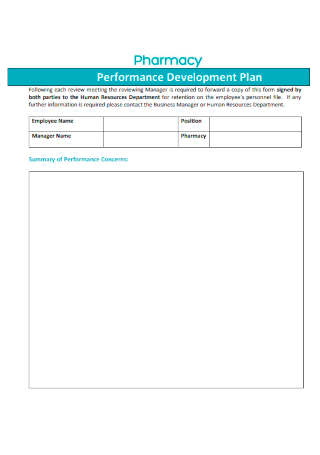
Pharmacy Performance Development Plan
download now -
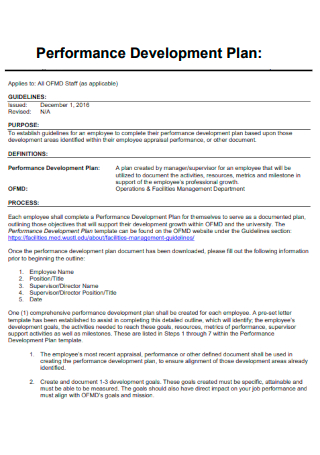
Editable Performance Development Plan
download now -
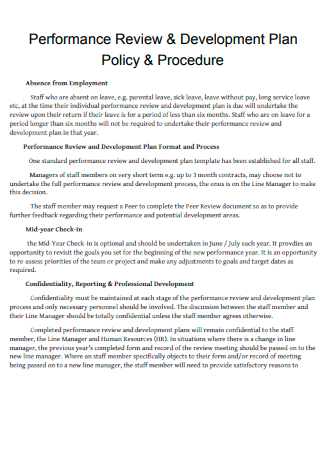
Performance Review & Development Plan Policy & Procedure
download now -

Faculty Performance Development Plan
download now -
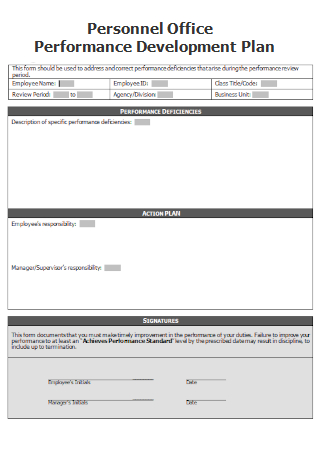
Personal Office Performance Development Plan
download now -
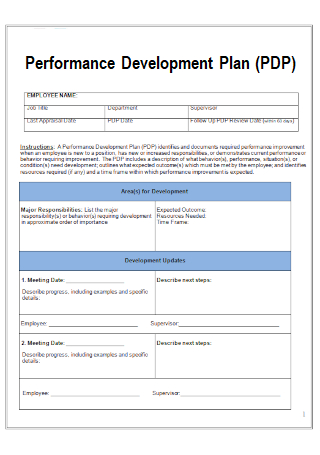
Example Performance Development Plan
download now
FREE Performance Development Plan s to Download
20+ SAMPLE Performance Development Plan
What Is a Performance Development Plan?
Performance Development Goals To Keep In Mind
Benefits of Planning and Managing Company Performance
How to Write a Performance Development Plan
FAQs
Who is involved in the development planning process?
What is a performance improvement plan?
What is the difference between personal development planning and succession planning?
What Is a Performance Development Plan?
A performance development plan is a document that may be used to improve employee performance. The process aids managers and employees in evaluating areas for development, creating objectives, tracking progress, and devising a strategy to achieve those goals. Performance development planning is often done periodically, allowing employees and management to track progress and make necessary modifications. Regardless if you are writing an individual performance plan or one that will handle multiple employees, a performance development plan template can save you time and effort. If you are pressed for time and don’t have the luxury to start from scratch, use the guide found below.
Performance Development Goals To Keep In Mind
Professional development objectives are practical roadmaps that guide your career and point you in the right direction for progress and success. These Objectives are designed to help you enhance your professional abilities, competence, and knowledge. In the context that this particular document is provided to you or you are the one who is providing it to the respective employees, then these are some of the performance development plan sample goals to aim for. You may have drafted an entirely new set of performance development plan objectives, which is all the better as you have to ensure it applies to your company first and foremost.
Benefits of Planning and Managing Company Performance
Starting companies may not be fully aware of the advantages and benefits they can gain if they keep track of the development of the performance of their respective employees. Sometimes, even established companies will look over the importance of the aspect of checking in on your employees once in a while. This is is why this curated list will give you a look into the performance development plan benefits.
How to Write a Performance Development Plan
The performance development plan process will take a while to complete, not only will you need to assess the needs of your employees but you will also need to ensure that the outcome reaches the goals to benefit the company. Furthermore, you will need to discuss the details with the employees and higher-ups to persuade them to comprehend the intentions behind the performance development Action Plan. With that being said, you should follow the guide below to not overlook any important details that should be included.
1. Examine Performance
Employees should first examine their performance during the previous quarter or the specific time they are measuring to determine what went well and what did not, as well as what they would like to focus on in the next quarter. Provide a concise performance review summary to staff ahead of time to help them prepare their reports. Keep in mind that this paper should explain the chances for development or growth that you have recognized. That way, when you meet, you will be on the same page.
2. Determine Goals for Development
In the next section, employees should set goals based on the areas in which they desire to develop. Typically, one to three goals per development category is adequate. Keep in mind that objectives should be explicit, connected with the aims of the company, and feasible. Goals that stretch your staff are wonderful, but they must also be feasible within the timeline and resources available. Consider utilizing the framework of the SMART Goals to assist your team members in setting achievable goals. You can review the curated list above regarding goals you can include.
3. Make a List of Actionable Measures
Employees should specify precise measures they will take to attain their goals under each goal. It will be impossible to make or measure progress without a concrete strategy. Several activities might assist employees in improving their performance. Attending conferences or seminars, getting trained or re-trained, working with a Mentor, and volunteering for specific initiatives are just a few options.
4. Set Metrics and Milestones
Employees must now determine the particular metrics or milestones they will use to track their success during the quarter, assuming they have clear goals and a strategy in place. In other words, it is utilized to notify staff of specific areas where they have met their objectives. These may be tracked through performance outcomes, skill improvement, and task fulfillment. The aim will determine how you measure it. Managers should assist staff in tightening their measurements and clarifying their standards so that they may work confidently toward their goals.
5. Determine What Assistance and Resources Are Necessary
A performance development plan should also specify the resources that employees will require to succeed. These are the things that can help and will be incorporated into your performance development plan. Time away from their usual tasks, travel expenditures, supporting roles, additional tools, and regular check-ins are examples of such resources. If your team or organization is unable to give the assistance your employees need, you will need to work with them to modify their goals or plan of action.
6. Review and Finalize the Plan
With goals established and a plan in place, you and the employees should present their PDP to their boss. You and your employee should go over the plan together to ensure that their goals are suitable and in line with the organization’s goals, iron out any wrinkles, and finalize the plan of action.
FAQs
Who is involved in the development planning process?
Managers and other corporate leaders lead the PDP process with their employees. Before meeting with your staff, you will examine their past performance plans to assist you to identify areas for improvement and provide recommendations. Then, collectively, you will evaluate their performance and devise a future development strategy. This is necessary for a performance Appraisal development plan to ensure the effectiveness of the operation of your business.
What is a performance improvement plan?
A performance improvement plan, often known as a performance action plan, is a tool that allows an employee with poor performance to succeed. It can be used to address failures to accomplish specific employment goals or to address behavioral issues. PIPs often last between 30 to 90 days, which heavily depends on how long it would take to reasonably resolve the specific situation.
What is the difference between personal development planning and succession planning?
Personal growth and succession planning are not synonymous. Both personal development planning and succession planning are concerned with setting and accomplishing short, medium, and long-term objectives. However, succession planning entails rising higher in the company. The goal of succession planning is to ensure that individuals have the skills and experiences required to advance to higher-level jobs when opportunities occur.
Preparing a performance development plan will take time before it is ready to be implemented. Not to mention the various processes of editing and changing it will go through. This is why this article has been made and provided you with performance development plan ideas and templates to assist you in writing one. What matters most is the development your employees will go through for the benefit of your company!
